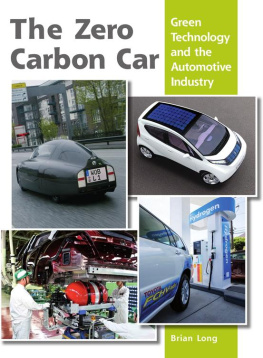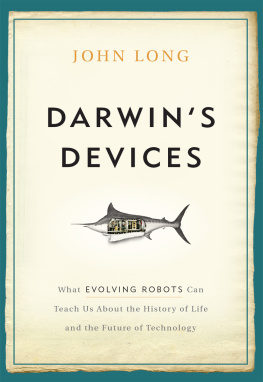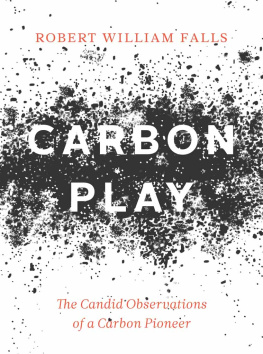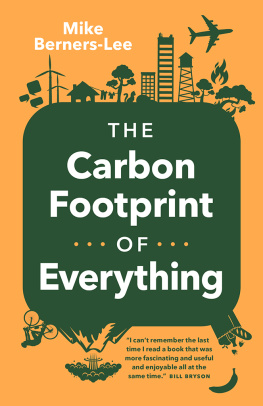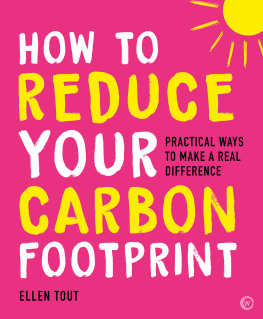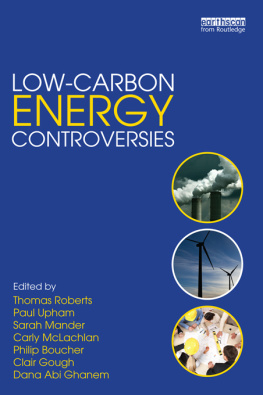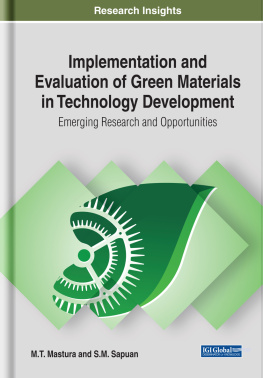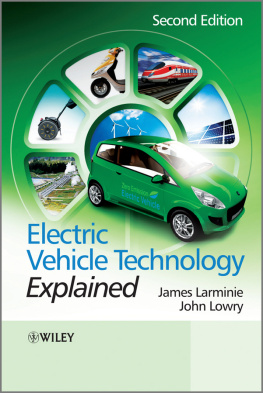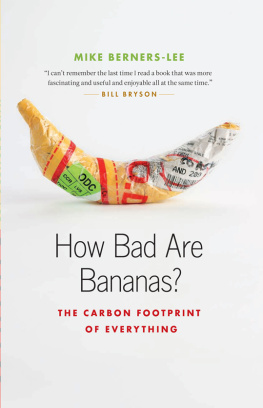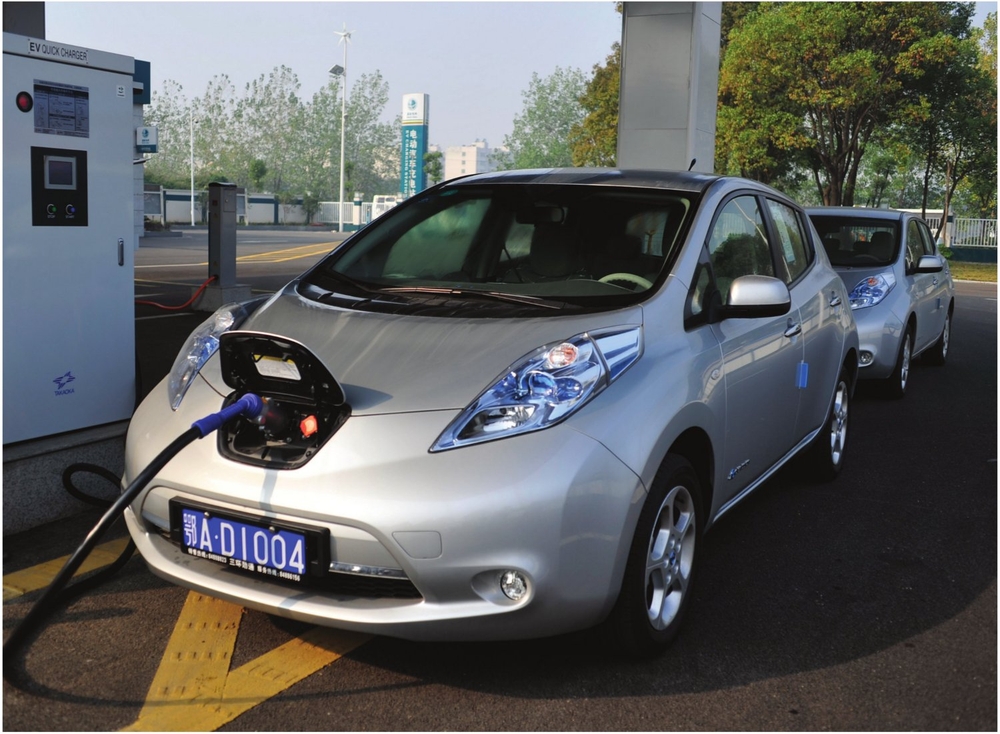The dreams of men have for centuries posed problems for engineers. Humans had looked skyward for hundreds of years, hoping to soar through the skies like a bird. The dream became a reality first through balloons and gliders, and then, just over a century ago, the world witnessed the beginnings of powered flight. Flying between continents is now something we take for granted, and even space travel is not beyond us.
Closer to the ground, Stephensons Rocket harnessed the power of steam to become the worlds first successful steam train. By the 1920s, steam trains such as The Flying Scotsman were hitting 160km/h (100mph) in Britain, and the elegant streamliners that followed in the next decade would continue to take speeds higher. After the war, the wonders of electricity brought a whole new generation of high-speed trains into being, and now linear motors promise previously unheard-of levels of performance.
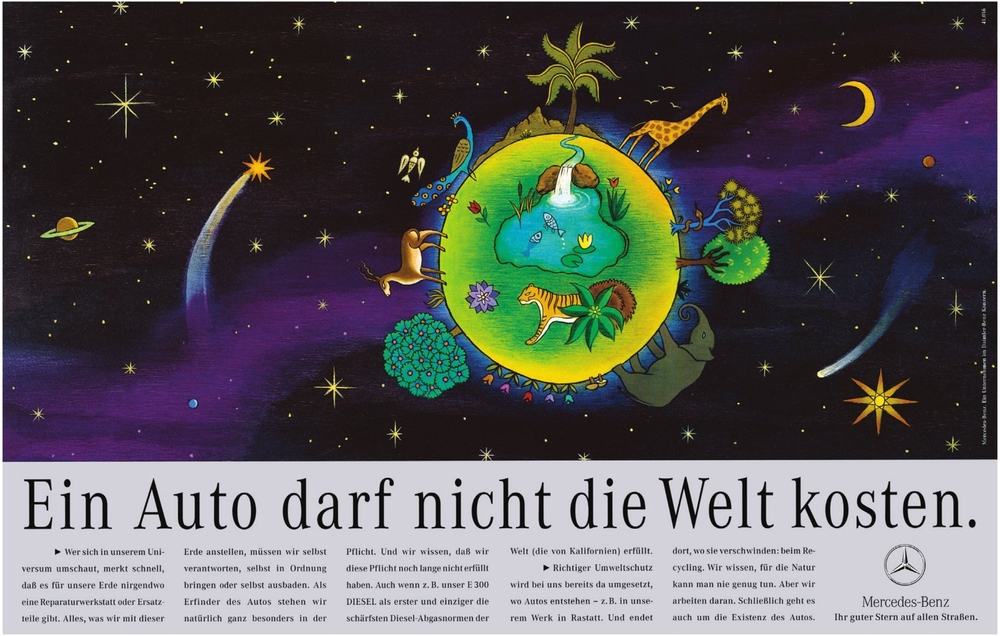
A fine piece of Mercedes-Benz advertising from 1994, stating that an automobile neednt cost the Earth. A play on words, but the Green message comes through loud and clear. Daimler AG
As for cars, those early horseless carriages that used to chug along at a snails pace soon evolved into practical machines that could enter in town-to-town races, with drivetrain and chassis refinements being introduced on an almost daily basis once motoring had become accepted by the masses. Nowadays, even the average road car is faster than a works rally machine from the early 1970s, and, generally speaking, certainly a whole lot more reliable.
The latest problem facing engineers is not so much about following dreams creating machines capable of defying the laws of gravity, covering huge distances or possessing stunning levels of performance but how to develop motor vehicles suitable for everyday use that leave as small a carbon footprint as possible.
Global warming, along with ozone-layer depletion, is something that concerns us all, and not just polar bears. Even if we look the other way now, claiming theres nothing to worry about in the immediate future, theres certainly cause to be worried for the generations to come, including our children. In a number of countries the warning signs are already there, with air pollution creating a very real threat to health and the environment today. Motor vehicles have been singled out as a significant source of the problem, and while cynics such as myself ask why the same level of fuss isnt made over deforestation for logging, or beef production for fast-food chains, the fact is that cars and trucks are simply not clean machines.
Having ignored the risk to the planets atmosphere and therefore our own well-being in general for far too long, we are now rushing to find all manner of ways to clean up the environment. The automobile industry is making a sterling effort to do its part through advanced engineering aimed at reducing emissions and our carbon footprint, all the way from the manufacturing stage to the recycling of a product once it has served its purpose.
In the background, the pace of research on sustainability is being picked up, with alternatives to fossil fuels finally being investigated with an open mind. In fact the second generation bio-fuels could be the answer to a lot of our problems. At the end of the day, engineers can only go so far they are not capable of miracles, and cleaner, more eco-friendly fuels are therefore an important part of the overall Green picture.
After starting the research for this book, ploughing through a political minefield along the way, even a car-crazy guy like me has to admit that something needs to be done quickly and its mildly comforting to record that something is maybe not as much as could be done, but its a start.
Putting things in historical perspective which in itself should bring forth more than a few surprises for the casual observer this book sets out to outline some of the progress being made in this relatively new field of technology. It also in order to give balance sets out to explode some of the myths, to simplify the science into laymans terms to help the reader decide what is and what isnt eco-friendly in the real world, and to break down some of the propaganda in the process.
After all, Green sells in todays marketplace, and with careful wording in the promotional paperwork and snazzy television adverts, some things are made out to be far better for the environment than they are in reality. Car companies, and certain countries as a whole, often push ecology issues for good PR, but mainly for financial reasons and/or political gain, often having little interest in going all the way down the Green or Blue path to tackle problems in a proper fashion. The quandary facing our planet is not new, but it will also be found that some of the solutions have been available to us for decades.
Brian Long
Chiba City, Japan
Nowadays we hear or see the phrase zero carbon on an almost daily basis, used by government departments and manufacturers in fields as diverse as house building through to the motor industry. But what does it actually mean, both in the literal sense and, just as importantly, in the real world?

Every day we are subjected to Greenwashing people jumping on the eco bandwagon to further their image or cause. But saving the planet is important. Its also our moral duty, as its the only place mankind has to live. NASA-JPL
Basically, zero carbon (sometimes referred to as carbon neutrality) describes a nett emissions goal, aimed at significantly reducing, and ultimately eliminating, the release of greenhouse gases (often shortened to the initials GHG) that cause damage to the planets delicate ozone layer. Some of these gases build up and trap the radiation that should bounce off the Earths surface into space (the greenhouse effect, leading to global warming), while others deplete the ozone layer, leaving us exposed to harmful UV B rays from the sun.
Carbon dioxide (CO2) is recognized as the main culprit in upsetting the balance of the ozone layer, but worldwide controls are being called for on the discharge of other radiative greenhouse gases, such as methane (CH4), nitrous oxide (N2O), chlorofluorocarbons (CFCs), hydrochlorofluorocarbons (HCFCs), hydrofluorocarbons (HFCs), sulphur hex-afluoride (SF6), and perfluorocarbons (PFCs).
After water vapour in the atmosphere, over which we have little control, carbon dioxide is classed as the largest contributor to the greenhouse effect. For clarity, all greenhouse gases are given a CO2 equivalent (CDE) rating, to bring their damage levels into perspective. Methane is less of a threat by volume, but its global warming potential (GWP) is said to be seventy-two times higher than carbon dioxide over a twenty-year timescale, while nitrous oxide is some 289 times higher. Certain chemicals outlined in the Kyoto Protocol are several thousand times more likely to have a long-term radiative effect, which would ultimately accelerate global warming.

